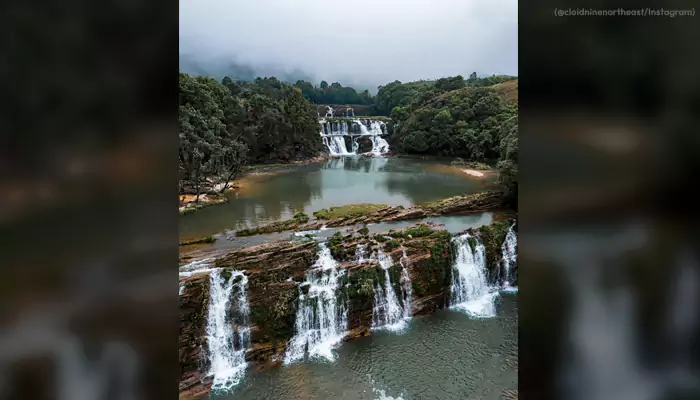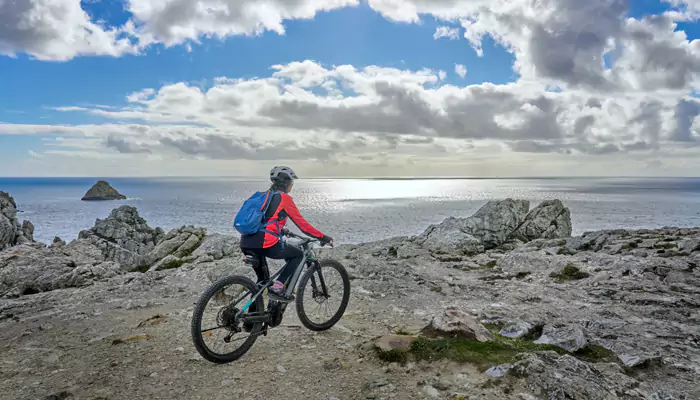
Unlike regular vacations that need a lot of time, money, and planning, micro-adventures cost less, ask for less commitment, and offer rich experiences.
Our hectic lives make it hard to find moments to unwind and recharge. Work, family duties, and other tasks often push vacation planning to the end of our to-do lists. But the new trend of micro-adventures gives us a fresh option—a chance to enjoy the thrill of travel without needing lots of planning or time off work.
What is a Micro-Adventure?
A micro-adventure is a brief local trip that fits into your packed schedule. These small escapes last from a few hours to a couple of days and aim to explore close-by nature spots unknown treasures, or take part in activities that bring excitement and renewal.
The idea made popular by UK explorer Alastair Humphreys, pushes folks to discover new things close to home. It challenges the belief that you must travel far or spend big bucks to have an adventure. By seeing your neighborhood in a new light, you can satisfy your travel bug without messing up your daily routine.
The Perks of Small Adventures
Quick and Easy
Small adventures fit into even the busiest lives. This is a key plus. You might go for an evening walk after work, camp on the weekend, or paddle on a nearby lake in the morning. These short trips give you a break without needing lots of time off.
Easy on the Pocket
Micro-adventures won't drain your bank account. They often involve traveling close to home, which means you'll spend less on places to stay getting around, and eating out compared to a regular vacation. You can check out nearby parks, hiking paths, streams, or even city spots without spending a fortune.
Environmental Impact
Choosing local adventures cuts down your carbon footprint. You don't need to fly or drive far, and you can even take public transport, ride a bike, or walk to your destination. This makes micro-adventures a green option compared to more common ways of traveling.
Health Boost
Taking a short break from your usual routine can help your health. Micro-adventures give you a chance to unplug from everyday life, and make you feel better overall. Getting out in nature and seeing new sights can also spark your creativity and help you solve problems better.
Flexibility and Accessibility
Micro-adventures offer great flexibility. You don't need to plan months ahead or stress about bad weather ruining a trip you've been looking forward to for ages. You can choose to start a micro-adventure on the spur of the moment and change your plans as you go.
Ideas for Micro-Adventures
Urban Exploration
Find out all the new places of your city you haven’t visited yet. Whether they are simply walking to a new part of town or going for a walk with the intention of finding some cool street art to photograph or trying a new café that you’ve never been to before, microadventures let you open your eyes to your own city.
Overnight Camping
Perhaps it is time to identify a camping site in your locality or better still, pitch a tent within your compound. Night camping makes it possible to go out in the nature and have a feel of the night even if you are not in the remote area.
Sunrise Hike
This is an excellent idea, that you should wake up early in the morning and go for a hike during sunset time. Choose your local trail and go hiking in the morning as it will enable you to watch the sunrise. The duration of the morning accompanied by the nice colors of the dawn can be a really setting a mood for the rest of the day.
Water Sports
In the water, you can go for kayaking, paddle boarding or canoeing depending on the sea and water available. These activities are entertaining but also become an excellent opportunity to get close to nature and exercise.
How to Get Started
If you’re ready to go on a micro-adventure, one has to study some places that he has not visited before. If you live in an urban area, search for nature reserves, parks or trails or any other water body near your residence. Think of the type of experience that you would like to have – whether it is exercise and outdoor adventure, serene vacation or a cultural travel, and pick a location that suits it.
Next, plan your trip. Unlike other adventures, micro-adventures are short therefore requiring little planning and preparations. Do not carry lots of equipment, carry food and water where necessary, carry the right gear and ensure the weather is good. As a beginner, do not rush and begin with a micro-adventure and then progress to the subsequent steps.









.webp)


